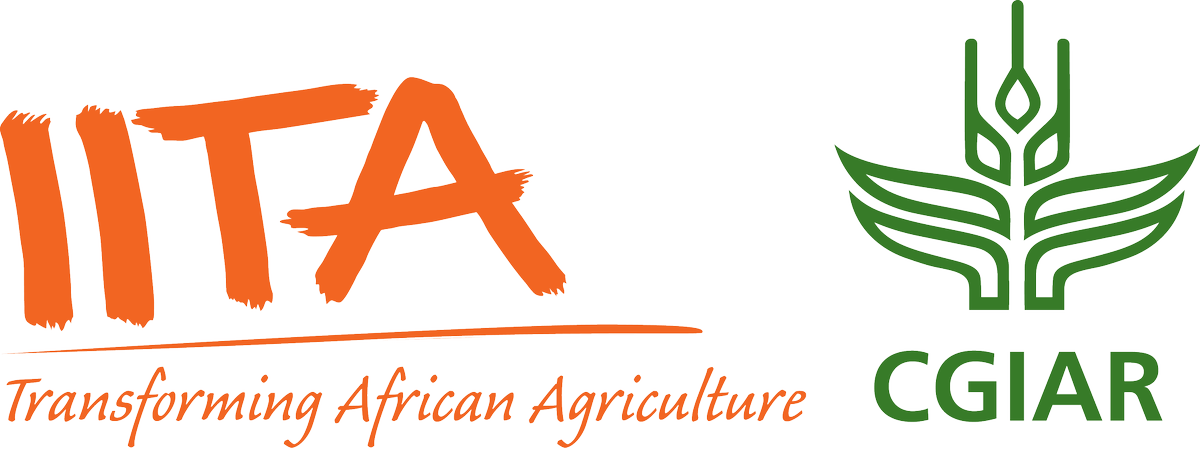Welcome to the International Institute of Tropical Agriculture Research Repository
What would you like to view today?
Yield response of accessions of Bambara groundnut (Vigna subterranea (L) Verdc) inoculated with Bradyrhizobium japonicum strains

View/
Date
2023-03-27Author
Bitire, T.D.
Abberton, M.
Oyatomi, O.
Babalola, O.O.
Type
Review Status
Peer ReviewTarget Audience
Scientists
Metadata
Show full item recordAbstract/Description
Field experiments were conducted in two different agroecological locations of Ibadan and Ikenne in Nigeria from August through December during the 2019 and 2020 cropping seasons. The studies were set up to reduce reliance on inorganic nitrogen fertilizer and to embrace the use of nitrogen-fixing bacteria to improve legume production to increase farmers' output and profitability. Ten accessions of the Bambara groundnut (BGN) were used in the trials. Seeds of each BGN accession were coated with each of the following Bradyrhizobium japonicum strains (B. japonicum): FA3, RACA6, USDA110, and IRJ2180A before planting. Furthermore, Nitrogen (N) fertilizer (20 kg/ha, urea) was applied to seedlings without inoculation, and uninoculated seedlings (without inoculation and without fertilization) served as control. The experiment was, therefore, a factorial arrangement (10 BGN accessions, 4 B. japonicum strains, N fertilizer application, and an uninoculated control). The yield and yield components of the inoculated BGN accessions were significantly enhanced at both agroecological locations and seasons. Among the B. japonicum strains used for inoculation, RACA6 strains significantly enhanced the yield and yield component of TVSu-1698 than other inoculated BGN accessions with a mean value of 6,234 ± 87 kg ha−1 recorded in both locations and seasons, compared to the result obtained in the combination of TVSu-1698 with N fertilizer with a mean value of 3,264 ± 943 kg ha−1. By using TVSu-1698 with RACA6 strain, farmers can get 85% more yield than on average with other genotypes/strains combination, while an average yield of 60% could be obtained by farmers using N fertilizer application.
https://doi.org/10.3389/fsufs.2023.1142123
Multi standard citation
Permanent link to this item
https://hdl.handle.net/20.500.12478/8682IITA Authors ORCID
Michael Abbertonhttps://orcid.org/0000-0003-2555-9591
Olaniyi Oyatomihttps://orcid.org/0000-0003-3094-374X
Digital Object Identifier (DOI)
https://doi.org/10.3389/fsufs.2023.1142123
